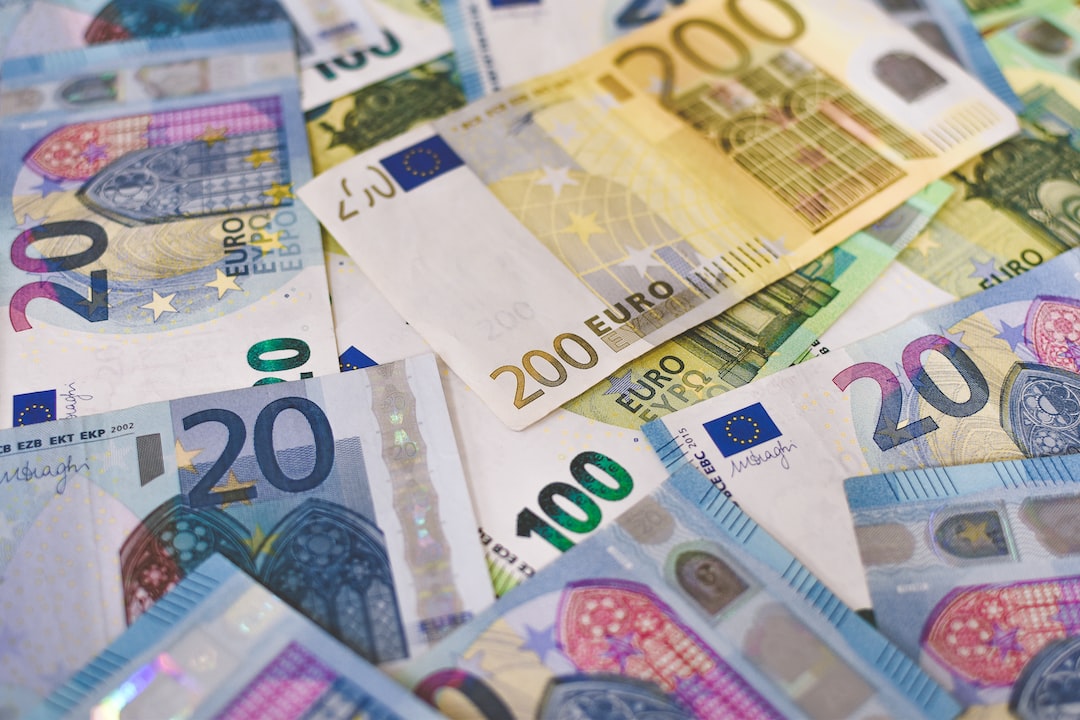Understanding the Role of the Central Bank in Forex Peru
The central bank plays a crucial role in the forex market of any country, including Peru. It is responsible for implementing monetary policies, managing the country’s foreign exchange reserves, and maintaining price stability. In this article, we will delve into the specifics of the central bank’s role in the forex market of Peru.
The Central Reserve Bank of Peru (BCRP) is the country’s central bank, established in 1922. Its main objective is to ensure the stability of the national currency, the Peruvian Sol (PEN). One of the primary tools used by the BCRP to achieve this objective is the management of foreign exchange reserves.
Foreign exchange reserves are a crucial asset for any country, as they provide a buffer to stabilize the currency in times of volatility. The BCRP actively manages these reserves by buying and selling foreign currencies in the forex market. By doing so, it aims to maintain an adequate level of reserves to support the stability of the Sol.
The central bank’s intervention in the forex market is primarily aimed at preventing excessive volatility in the exchange rate. If the Sol’s value depreciates rapidly, it can lead to inflationary pressures and erode the purchasing power of consumers. On the other hand, an overvaluation of the Sol can harm exports and hinder economic growth.
To maintain stability, the BCRP employs various tools to influence the supply and demand of the currency. One such tool is direct intervention in the forex market, where the central bank buys or sells foreign currencies to influence the exchange rate. By buying Sol and selling foreign currencies, the BCRP can strengthen the local currency, and vice versa.
In addition to direct intervention, the central bank also uses indirect tools to influence the forex market. One such tool is the policy interest rate. By adjusting the interest rate, the BCRP can influence borrowing costs, investment levels, and ultimately, the demand for the currency. A higher interest rate can attract foreign investors, increasing demand for the Sol and strengthening its value.
Another tool used by the BCRP is the reserve requirement ratio. This refers to the percentage of deposits that banks are required to hold in reserve with the central bank. By adjusting this ratio, the BCRP can influence the liquidity in the banking system, which in turn affects the supply of the currency.
Apart from managing the exchange rate, the central bank also plays a crucial role in maintaining price stability. Inflation is a significant concern for any economy, as it erodes the purchasing power of consumers and hampers economic growth. The BCRP sets an inflation target and formulates monetary policies to achieve it.
One of the key tools used by the central bank to control inflation is the policy interest rate. By raising or lowering the interest rate, the BCRP can influence borrowing costs and consumer spending, which in turn affects inflation. If inflation is rising above the target, the central bank may increase the interest rate to reduce aggregate demand and curb price pressures.
Additionally, the BCRP publishes regular economic reports, including inflation forecasts and monetary policy statements. These reports provide valuable insights into the central bank’s thinking and help market participants make informed decisions in the forex market.
In conclusion, the central bank of Peru, the BCRP, plays a critical role in the country’s forex market. By managing foreign exchange reserves, intervening in the forex market, and formulating monetary policies, the central bank aims to maintain price stability and ensure the stability of the national currency. Understanding the role of the central bank is essential for forex traders and investors operating in Peru.






